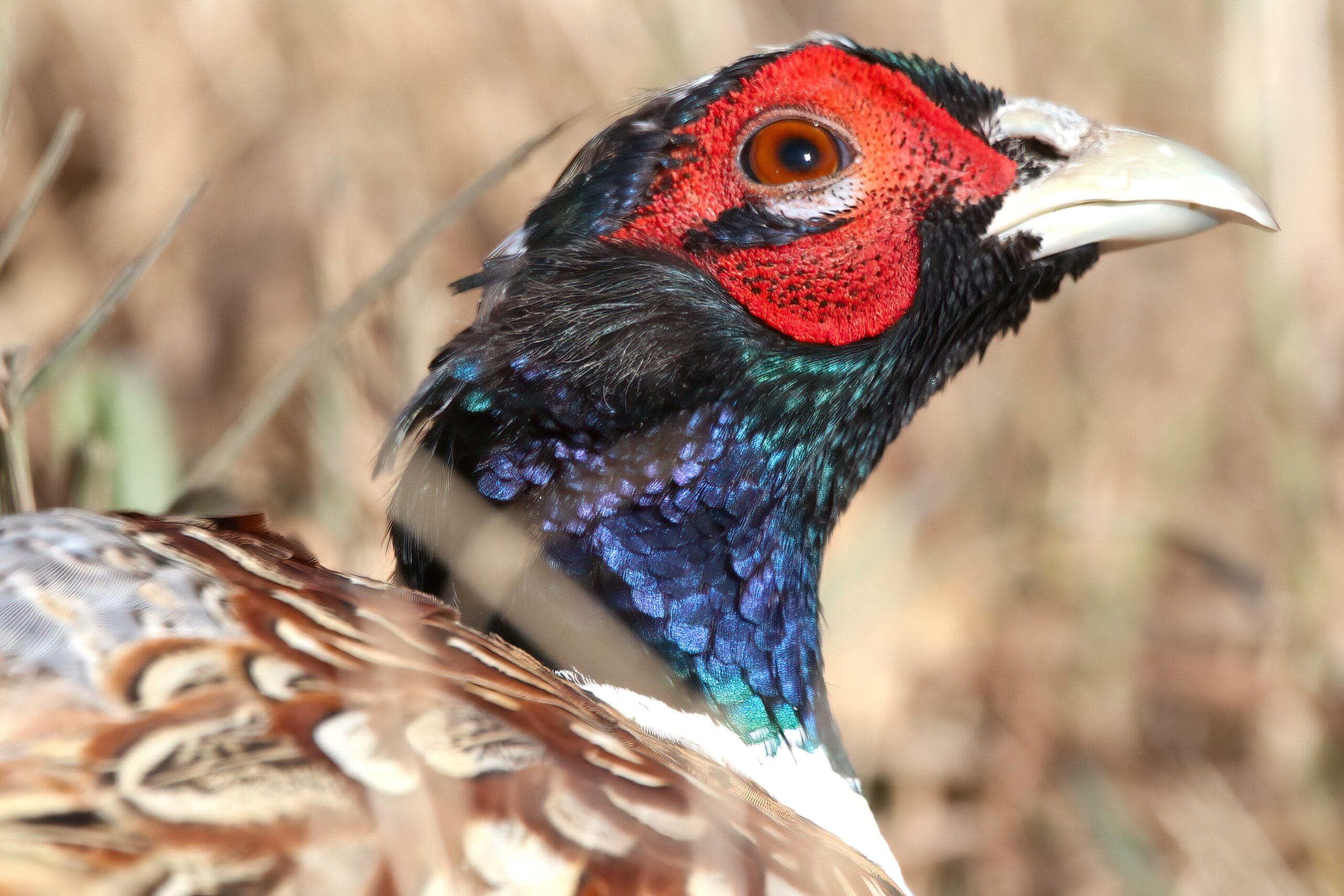Several years ago my wife and I spent time in France. We traveled to Juno beach where my relatives fought in World War Two to liberate a small town along the Normandy coast. Bayeux, France, has at its centre a beautiful cathedral. It is a wonder of architecture that still stands even through multiple wars and conflicts. I was astonished at how thin stone masonry can uphold vaulted arches over the centuries; Bayeux Cathedral is a feat of engineering. The secret of its longevity rests in the precise placement of stones. Above every arch and vaulted ceiling in the Bayeux Cathedral rests a keystone.
Keystones are essential to the integrity of the whole structure. They are not typically the most elaborate or decorated part of the building, but without them the cathedral would not be stable. Arches cannot be finished unless the keystone is in place, even though they may be small and often bear little weight. Keystones are positioned in such a way as to allow the rest of the arch or vault to retain their shape and support the load; a technique that has allowed us to build some of the world’s most awe inspiring structures.
In ecosystems, biologists have identified keystones of a different kind. Keystone species are animals that may not be the most elaborate or celebrated, but they hold a vital role in their environment. They provide essential support in small ways that make a big difference, so much so that without them the system may not be self-sustaining. If particular keystone species were to disappear, hundreds of other species could not thrive. Beavers, for example, are a keystone species. They build structures that allow wetlands to form, creating an environment for thousands of other plants, insects and animals to live well. Honeybees are also known as a keystone species. As pollinators, honeybees visit millions of flowers in an area around their beehive. The pollination plays a pivotal role in helping plants reproduce, grow fruit, and support other insects, birds, and humans. About one third of all the food we eat as humans is directly affected by the work of these pollinators. Keystone species, although not the most interesting or noteworthy from a distance, are essential in sustaining the whole. We enjoy the the food we eat and the beautiful world we live in thanks largely to very small, but very important creatures.
Here’s an interesting question, are you a keystone neighbour? Keystone neighbours may not be the most noticeable or celebrated, but through their care and attentiveness they have become essential to their neighbourhood. They support and give shape to the health of their community. Keystone neighbours are life-giving people. Here’s a test: If you were to move away, would you be missed? Would people realize the value you brought and be sad to lose it? Keystone neighbours are those who have made it their passion to bring goodness to their street, to bless others, and make their city thrive. What kind of role are you playing to make your neighbourhood a beautiful place for everyone?







